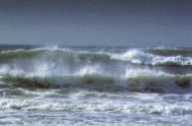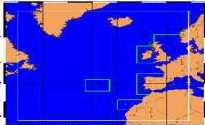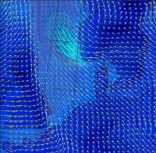 |
 |
 |
 |
| Hindcast of Dynamic Processes of the Ocean and Coastal Areas of Europe | |||
| terça-feira, 16 de dezembro de 2025 | |||
|
|
||||||||||||||||||||||
Instituto Superior Técnico - Unit of Marine Technology and Engineering |
||||||||||||||||||||||
 Instituto Superior Técnico (IST) is the Engineering School of the Technical
University of Lisbon, which is committed to education and research in
various areas of engineering and technology. It has an academic staff
of approximately 800, about 8000 undergraduate students, 750 MSc. students
and 250 PhD students. The Unit of Marine Technology and Engineering is a Research Unit of
Instituto Superior Técnico, organised in five groups: Marine Environment,
Dynamics of Marine Vehicles and Structures, Marine Structures, Computer
Aided Ship Design and Safety, Reliability and Maintainability. This
Unit was involved in about 20 European projects having been the co-ordinator
of 2 of them. The Marine Environment Group works with different models of waves,
including the deterministic models of wave generation and propagation
and the probabilistic ones describing the variability of wave parameters
in different time scales. Wave measurements, hindcast and remotely sensed
data are used for the studies. The topic of the fate of oil spills is
also studied in this group. The group has extensive experience on the
application of probabilistic models to the wave environment. They have
been involved in studying both the short term and the long term variability
of wave parameters. They have also been involved in wave hindcasting
using the WAM model, and in data assimilation studies. They also collaborated
in some studies using remote sensed data. The technique has been developed and applied to the NCEP-reanalysis
for the period 1957-96 in a national project for an area covering most
of Northern Europe and adjacent seas. The data are provided on a 50x50km
grid and will be used in the project to force the wave and ocean models
at the upper boundary. A repetition of such a "regional reanalysis" will be executed within
the project for three areas, namely, the Irish Sea, the Northeast Atlantic
south of the UK and including the Azores and Canary Islands and the
Mediterranean Sea. This effort aims at the use of already proven techniques
to exploit the available atmospheric data and obtain the necessary forcing
for ocean circulation and wave models. |
||||||||||||||||||||||
| (Back) | ||||||||||||||||||||||
| Home | Overview | Workplan | Members | Documents | Information | Login | ||||||||||||||||||||||
|
© 2002 HIPOCAS Optimized for Internet Explorer 5+ | ||||||||||||||||||||||